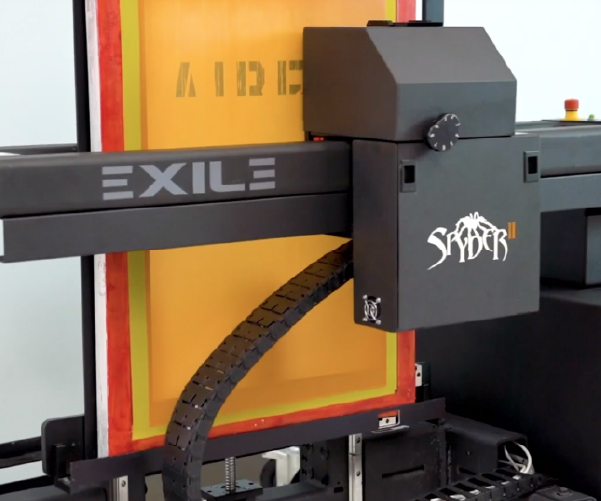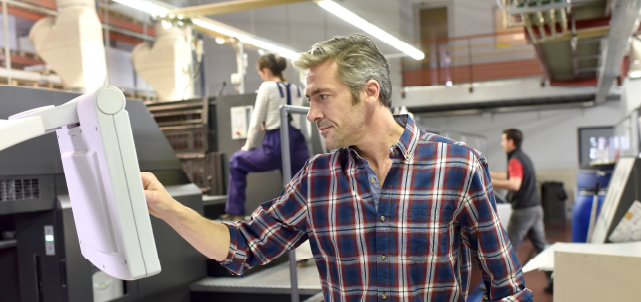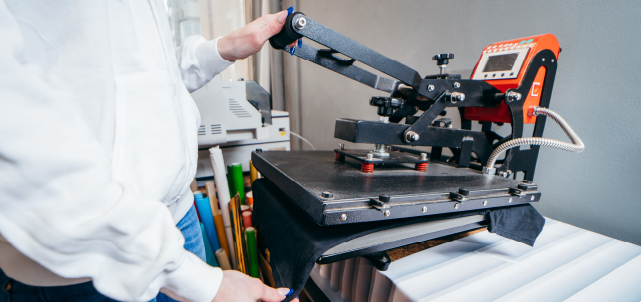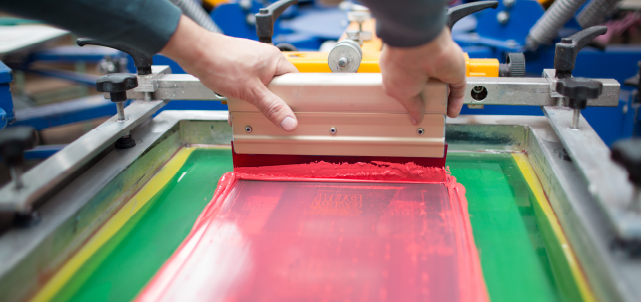The earliest recognizable form of screen printing is over 1,000 years old and has seen countless advancements over that time. Since then, screens with high mesh counts have continuously improved. However, with such fine lines and high detail, the margin for error has gotten slimmer. For one example, with film, even the slightest error can lead to more waste and lost time, which is why here at EXILE Technologies, we’re here to share with you how CTS helps with screen printing fine details.
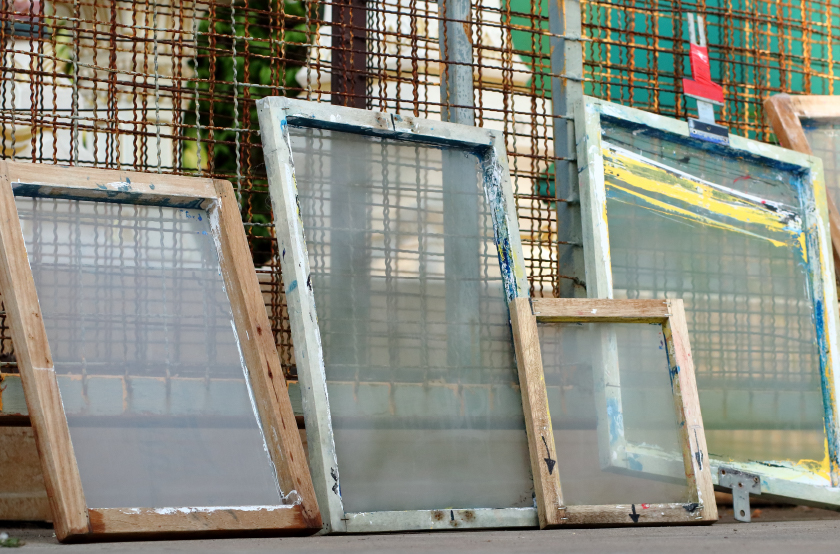
High-Quality Screens
It should go without saying that choosing the right screen for the job is vital. Screens come in different mesh counts, which is measured by how many threads are crossing in a square inch area. Standard 110 mesh count screens are for viscous ink and are ideal for printing items such as bigger, block style letters and solid spot color designs. On the lower end of the spectrum, you have your lower count screens, 86 mesh count, and lower. These are good for allowing some textures through, such as glitter and shimmer prints.
Then there are the higher, 200 plus mesh count screens. These screens are more suited for fine lines and halftone details requiring a lesser amount of ink. Using high mesh counts like this demands precision for which CTS technology is ideal.
Doing Registration Correctly
It is important to recognize that the next step to achieving smoother, sharper images is not just to use high-quality screens, but to also make sure they are handled and set up appropriately.
Making sure each screen is properly aligned with one another, registration is one of the most important steps in the screen printing process. Unfortunately, registration is also where there is much room for human error. With computer-to-screen technology, the registration process is much more automated, resulting in less waste, whether it be time, ink, or resources.
Screen Exposure
Underexposed screens are also a frequent pitfall for those new to the screen printing process. Poor exposure leads to bad, low-quality images that can break down quickly and result in a poorly printed product. Use a calculator to be sure your screens are exposed properly and completely.
We’ve previously gone into more detail about the mistakes screen printers can make and how to avoid them, so be sure to check that list for more tips on how to ensure an efficient, smoother screen printing process.
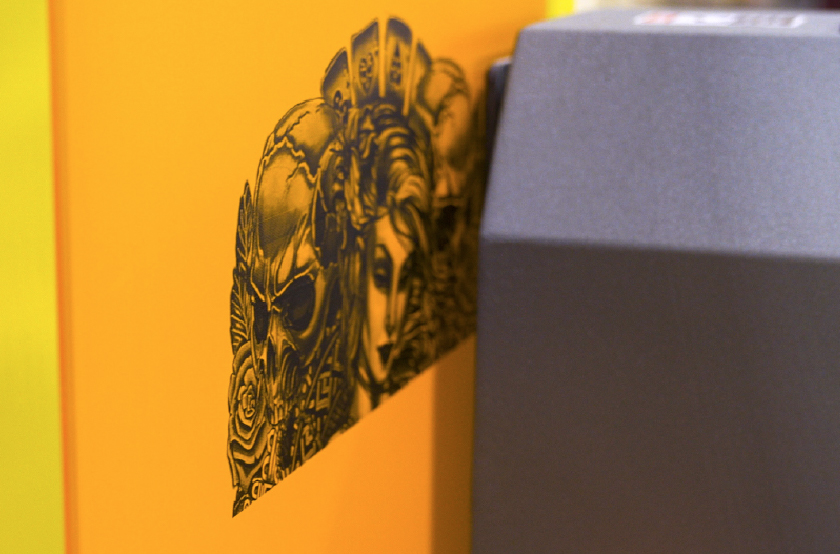
How CTS Can Help You
Outside of the above, a lot of what goes wrong during the printing process can be attributed to human error. Screen printers not setting proper off-contact or screens out of register are a couple of examples of where the screen printing process can go wrong.
Luckily for screen printers, EXILE Technologies’ Spyder CTS can ensure the registration process is handled with cutting edge precision, allowing for sharper, smoother prints produced faster and with less waste.
Unbeatable Precision
The Spyder CTS features an industrial printhead, with industry-standard registration systems. Our Spyder CTS ensures that all your screens are in perfect alignment, resulting in more precise halftones and fine lines in your designs.
To really ensure the most precise, high-quality prints, the Spyder CTS also comes standard with industry leading linear rail and encoder solutions, ergonomic screen clamping solutions, three-point registration systems or, alternatively, MHM pin registration. All of this will make for smoother, high detail printing.
Other printhead technologies may struggle with the ability to accurately produce the higher quality dots that make up a given print. Different head and ink technology mitigate this problem, allowing the Spyder CTS greater flexibility, accuracy, and quality that results in fine lines, halftones, dot definition, and high detail well after the competition.
Proper Exposure with CTS
In addition to the Spyder CTS, EXILE Technologies also offers the V-Lux, a uniquely designed LED exposure unit that employs a smaller footprint, and more ergonomic method of use which will save you space, time, and money. The unique implementation of UV LED technology results in a very flexible, effective, and accurate exposure unit.
The V-Lux was designed with the Spyder system’s capabilities in mind, so the two can work together to get you the high quality, detailed image you desire.
EXILE Technologies
There are numerous ways using CTS technology ultimately helps with screen printing fine details as well as the ever-important reduction of process time and waste. At EXILE Technologies, we use our 30 plus years of imaging experience to develop, produce and provide technology solutions that help improve your printing experience. We are eager to share that with you. Contact us today to learn more about how we can help you.
